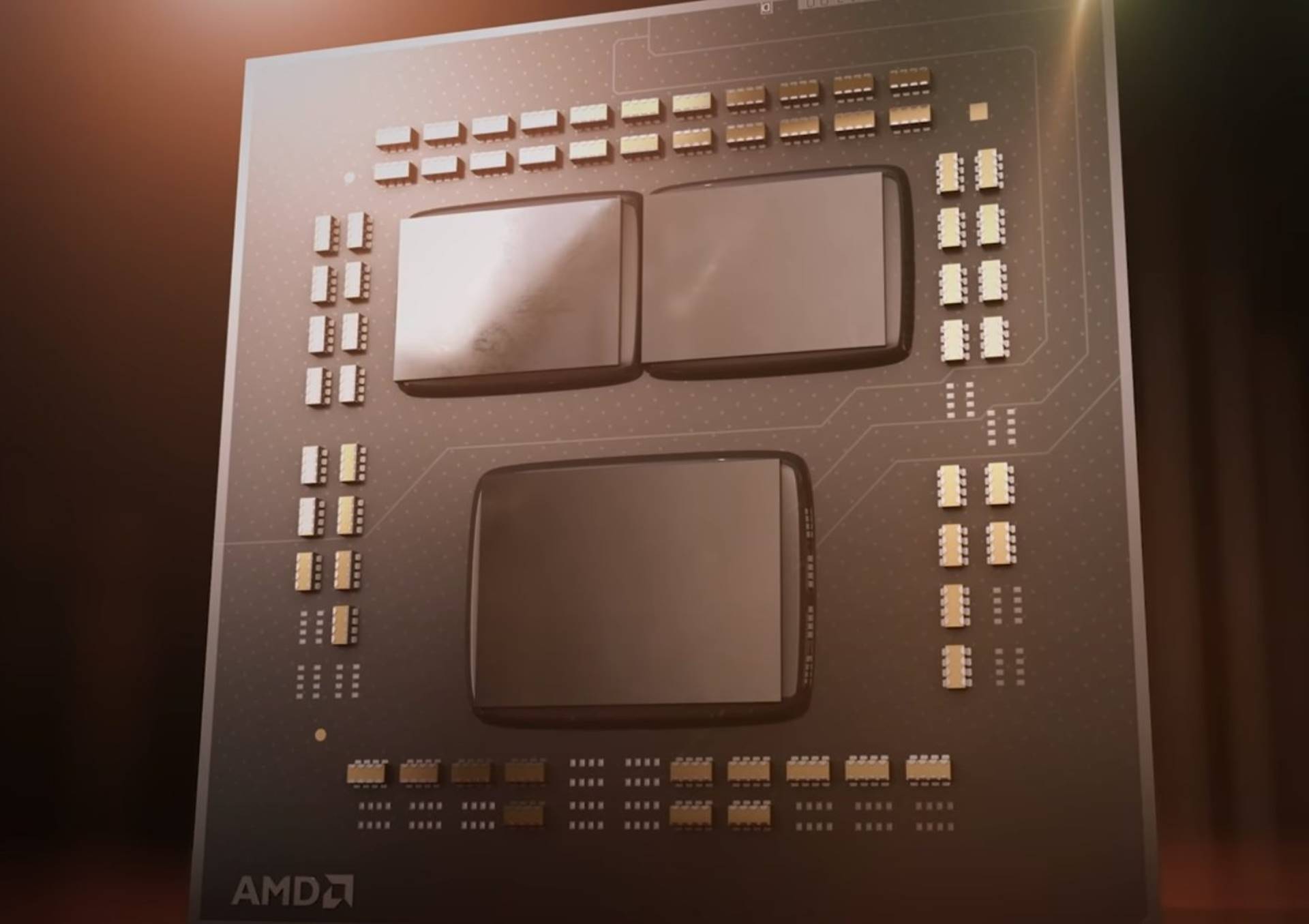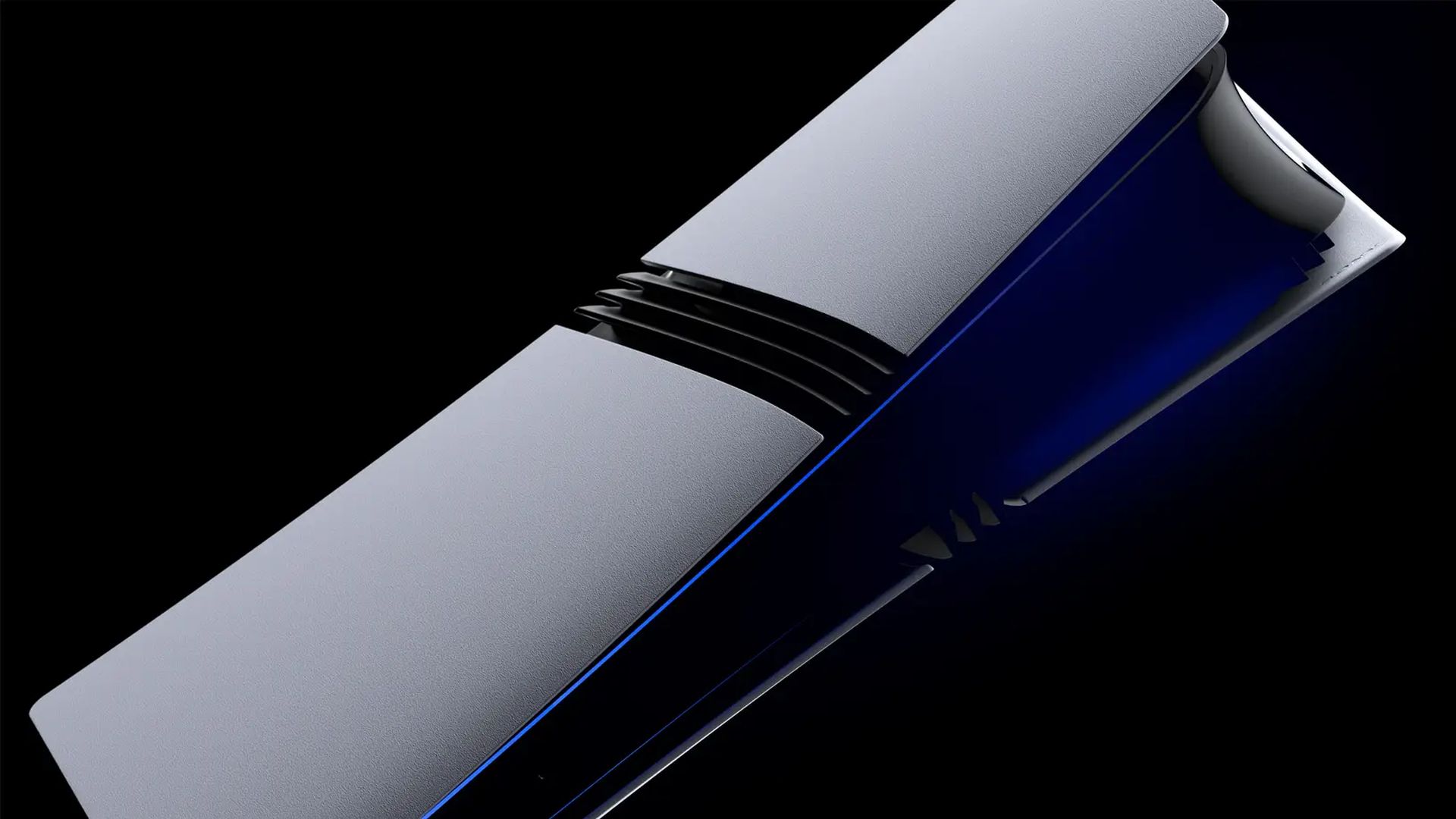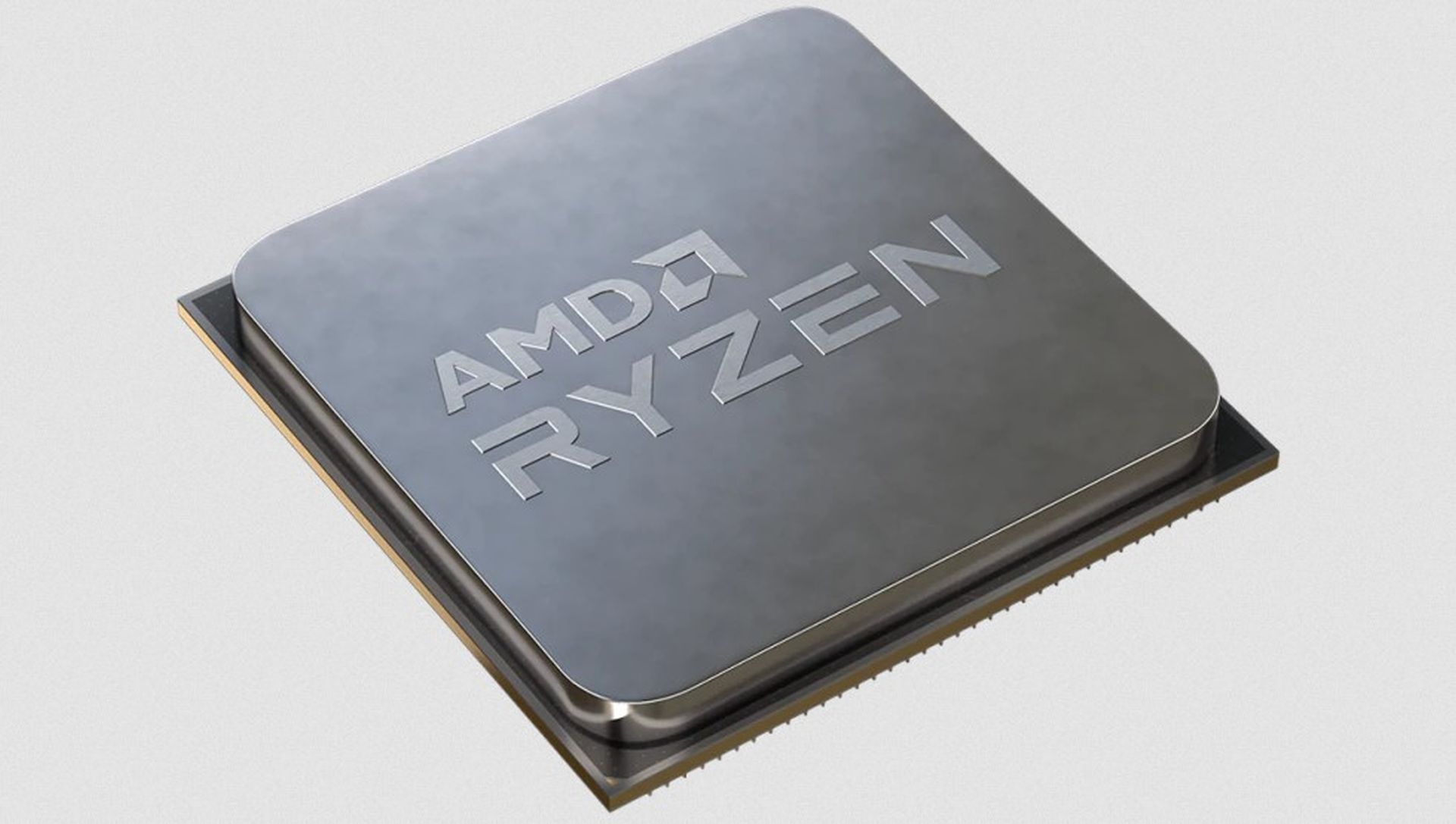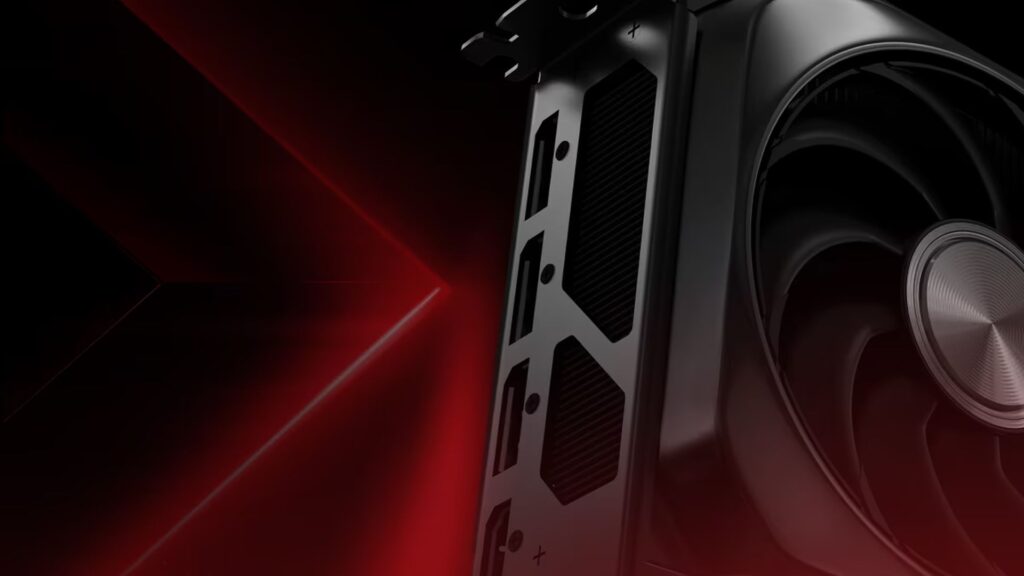Sony has been working with AMD on improving both companies’ various gaming-related technologies for quite some time now, and one of most major results from this partnership revolved around improvements making their way into PlayStation Spectral Super Resolution (PSSR) some time next month. AMD, on the other hand, has been able to get its hand on quite a bit of training data from Sony to help bring improvements to its own FSR technologies. Ultimately, these results, dubbed Project Amethyst, will end up having even larger effects down the line with Sony’s next-generation PlayStation consoles.
This partnership shouldn’t come as any surprise to someone that might be paying attention to the last several years – over a decade – of technology and how it has evolved. Sony and AMD first started working together for the PS4, which came out all the way back in 2013, and since then, the two companies have worked closely together on future tech as well, including the current-generation PS5 and PS5 Pro.
While these details have been known for some time now, the two companies have now revealed even more details about the kinds of projects that they have been working on together. In a recent video, PS5 and PS5 Pro lead architect Mark Cerny, along with AMD’s SVP and GM of Computing and Graphics Group Jack Huynh, have revealed three core new technologies that have been designed by the two companies together, which Sony will use in its future consoles, and AMD hopes to bring to all gaming platforms: Neural Arrays, Radiance Cores, and Universal Compression. And while these three technologies might still be a few years away, they will likely end up playing a major part in shaping gaming hardware moving forward, and some of the software improvements will also likely trickle down into current-gen offerings as well.

An important thing to keep in mind about these brand new technologies is the fact that they are far from being ready to show off to the world, let alone ready enough to be released in hardware. Both Sony and AMD have been designing these technologies by making use of complex simulations that allow them to gauge performance and throughout, all without having to commit fully to designing the appropriate hardware. However, results from these simulations have clearly been quite promising, since companies don’t tend to boast too often about new concepts they’ve developed that will never see the light of day.
Neural Arrays – Smarter, Scalable AI Engines
The first of the big three technologies is the concept of the Neural Array, which essentially brings about fundamental changes in how a GPU’s compute units are able to take on neural net and AI-related tasks. Traditionally, a GPU is made up of several smaller compute units. This, in turn, means that any data that has to be processed has to be broken down into smaller sets of problems that each compute unit can then work on. Neural Arrays were developed to change how this works, and in theory, allow multiple compute units to work together on larger data sets and problems together, rather than each working individually on their own problems.
While this might largely sound like technical jargon, it is worth noting that image upscaling tools like FSR and PSSR are both based on machine learning and AI. Neural Arrays would essentially allow for more powerful iterations of these image upscaling technologies, and even other features like frame generations would get a major boost not only in performance, but even image quality. Sony and AMD have already started working with Neural Array simulations to bring in improvements to their upscaling and denoising technologies. As a side-effect, Neural Arrays will also help in reducing how much processing power a GPU typically has to devote to machine learning tasks. This means that there can be more overall bandwidth available in a GPU to tackle tasks like shader code and general graphics rendering.

While this might sound great for future consoles, PS5 and PS5 Pro might also end up seeing some benefits, since Neural Arrays seemingly revolves more around software optimization and how development kits and game engines help in compiling games. Theoretically, if the technology is ready to enter the market while the PS5 and PS5 Pro are still relevant consoles, Sony could potentially push out firmware updates that bring some of these machine learning benefits to both systems while also working on integrating machine learning and neural net technologies into the PS6.
Radiance Cores – Dedicated Hardware for Ray Tracing
Ray tracing, on both consoles and gaming PCs using AMD GPUs, have traditionally been handled by compute units that are often forced to split their work load between their other tasks and doing the incredibly complicated mathematical operations typically involved in real-time ray traced lighting. To tackle this problem, Sony and AMD have been working on dedicated hardware that would allow the GPU to off-load the task of doing these complex mathematical operations, and instead focus on their actual job of rendering graphics.
Dubbed Radiance Core, this new hardware will be specially designed to handle all aspects of the maths that real-time ray tracing typically requires in a game, including path tracing and ray traversal, which tend to be the most compute-heavy aspects that GPUs have to tackle. The technology was derived from AMD’s Neural Radiance Caching, which the company had originally unveiled earlier this year.

While this might not sound revolutionary on its own, it is worth noting that the load being taken off the other compute units in a GPU will end up raising the bar exponentially for what kinds of visuals and game world are possible. Since the compute units won’t have to devote some of their precious processing cycles over to ray tracing-related operations, they will also be more capable of executing more complex shaders, while also maintaining higher frame rates. Radiance Cores might also ultimately make it possible for the PS6 to hit 4K while also maintaining high frame rates and featuring ray traced lighting.
While PS5 and PS5 Pro likely won’t see direct benefits from this owing to the fact that Radiance Core is a hardware-level innovation, we might still end up seeing some cross-generation games reap benefits, since observing how the ray tracing will look on next-gen hardware can ultimately allow developers to use the same style of lighting, albeit through “baked-in” rasterization, to still ultimately provide a visual uplift.
Universal Compression – A New Solution to Memory Bandwidth
One of the biggest bottlenecks that modern-day GPUs have to deal with regardless of the platform they’re on tends to be memory bandwidth. Essentially, a GPU can only process as much data as fast as it can if the data flowing into it is coming in at a fast enough rate. Sony deals with this problem on PS5 and PS5 Pro by making use of a technology dubbed Delta Color Compression (DCC), which allows the compute units to compress the data going through its memory bus in order to transmit more of the data. However, as its name might imply, DCC is limited in its scope of just what kind of data it can compress, largely bound to assets like texture data. Looking forward, both Sony and AMD have been working on a new technology dubbed Universal Compression.

Universal Compression is able to evaluate just about every bit of data that is headed into memory, and compress it as the data is passing through a memory bus. This means that a lot more data can then make its way into processing units across both the CPU and GPU, which in turn can then allow for the hardware to handle even larger files. While the technology might not sound all that fancy, especially when compared to something like Radiance Core, it still forms an important foundation on top of which more hardware can then be designed.
The benefits of Universal Compression are quite vast, to games generally looking better while running more smoothly thanks to more texture data being processed by the console at a quicker pace, but it can also enable new features, like gaming at 8K while still maintaining decent frame rates. Couple this with image upscaling technologies like FSR or PSSR and you can see even greater gains in compute power and efficiency, allowing for further refinements to be made to upscaled images and AI-generated frames. Since a major component of Universal Compression is likely at the software level, these enhancements could also make their way to PS5 and PS5 Pro, once again providing better visual fidelity beyond what the consoles are currently capable of.
How They Can Work Together
While each one of these new technologies can be considered a game changer, especially in the hands of experienced developer, technologies like Universal Compression and Neural Arrays working together would offer multiple-fold gains in terms of performance from compute units that are able to simultaneously work on larger blocks of data, more of which can also be transferred through an otherwise-constraining memory bus. Pair this combination with Radiance Core and you also get highly advanced ray tracing in the game without having to sacrifice much in the way of frame rates or texture quality.

In many ways, these new technologies can also be seen as forming something of a foundation on which the graphics hardware for the PS6 is being designed, since each one tackles one of the goals that Sony has with its gaming hardware. Neural Arrays and Universal Compression are able to grant major gains in efficiency and performance, while Radiance Core handles the visual fidelity side of things by offering more immersive lighting through path tracing, all without making too many sacrifices.
When it comes to hardware design, these technologies will likely also play a major hand in Sony’s future. Designing a GPU around these technologies, for example, means that less compute cores have to be used specially for things like machine learning, neural net and ray tracing. This would also lead to getting an overall more efficient console that doesn’t need as much power to run, while simultaneously also running much cooler, and thus not having problems that can arise related to thermal throttling – where a CPU or GPU has to forcefully slow itself down when it gets too hot from processing loads.
Long-Term Plans
It is worth noting that none of the three technologies is ready to hit the market just yet. Both Cerny and Huynh made it clear that they are currently still in the simulation stage of the research and development that goes into making these kinds of new technologies. However, both have noted that results from their simulations have already been quite promising. This means that, while we are unlikely to see these gains in performance and visual fidelity on currently-existing console hardware, it can be quite easy to bet that we will see them when the PS6 is eventually unveiled.

Once the technology has been developed and is finally out, however, we might also see quite a few of their benefits trickle down to older hardware and consoles. Sure, the PS5 and PS5 Pro aren’t going to be running games at 8K by any stretch. We can, however, expect to see rasterized lighting based on ray tracing models that were made for the PS6. Similarly, machine learning improvements to FSR and whatever the PS6 ends up using will also likely make their way down to PSSR, greatly improving visual fidelity.
Closing Thoughts
It’s difficult to argue against the idea that we’ve hit a plateau when it comes to the visual fidelity that can be achieved simply with raw horsepower. We last noticed this when the jump in visual quality of games from the PS4 to the PS5 weren’t as drastic as they were a couple of decades ago when we jumped from the PS2 to the PS3. However, improvements are still being made by using the horsepower we do have in smarter ways, and these three new technologies signify Sony’s and AMD’s approaches to the same concept.




This is an exciting development for the gaming community! It’s always interesting to see how partnerships between companies like AMD and Sony can lead to innovative advancements in technology. Looking forward to seeing how this shapes the future of gaming!
Absolutely, it really is exciting! The collaboration between AMD and Sony could lead to significant advancements in graphics quality and performance for future consoles, which will enhance the overall gaming experience. It’s fascinating to think about how this partnership might influence game design and development as well.
innovations in gaming performance and graphics quality. It’s fascinating to think about how this partnership might enhance not just the PS6, but also future gaming experiences across different platforms. The potential for more immersive gameplay is definitely something to look forward to!